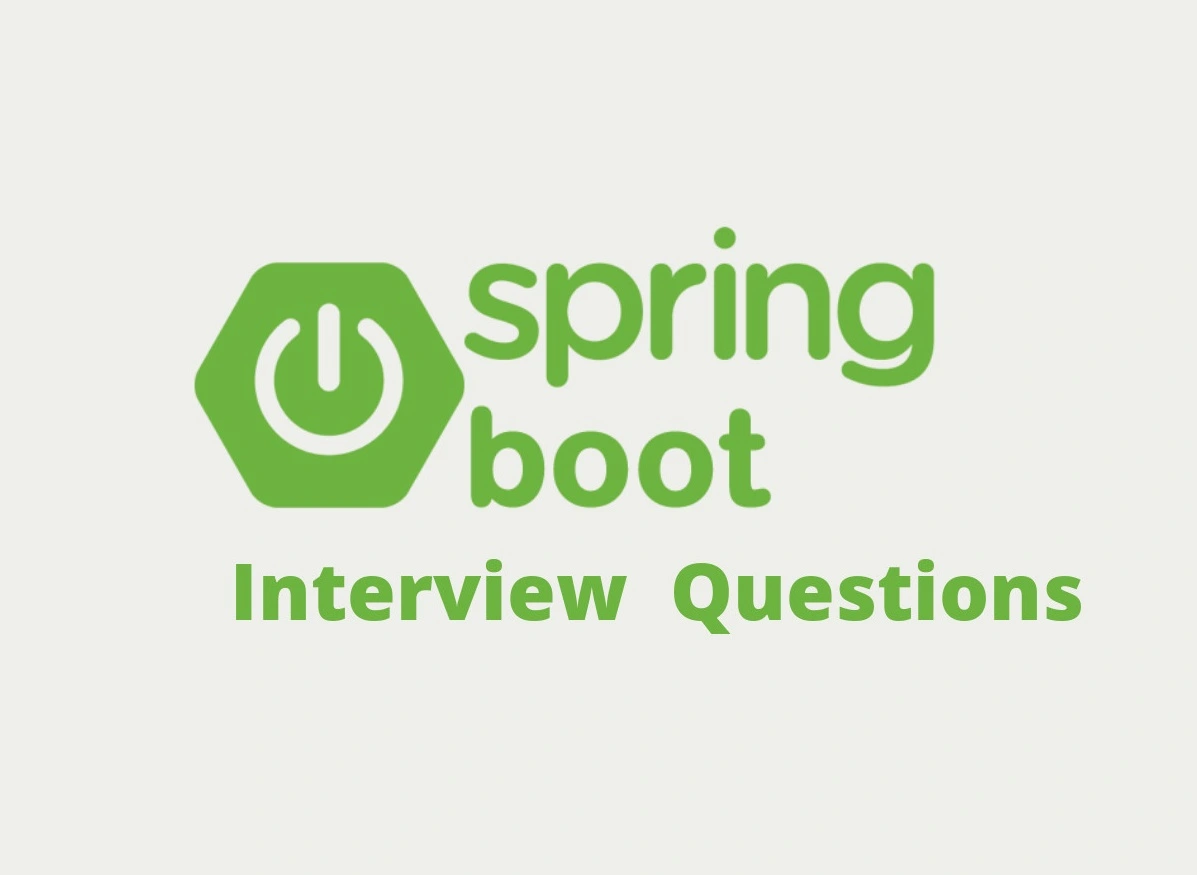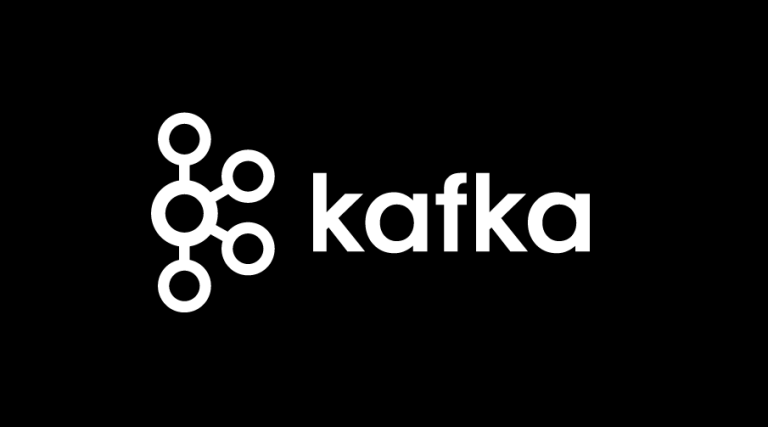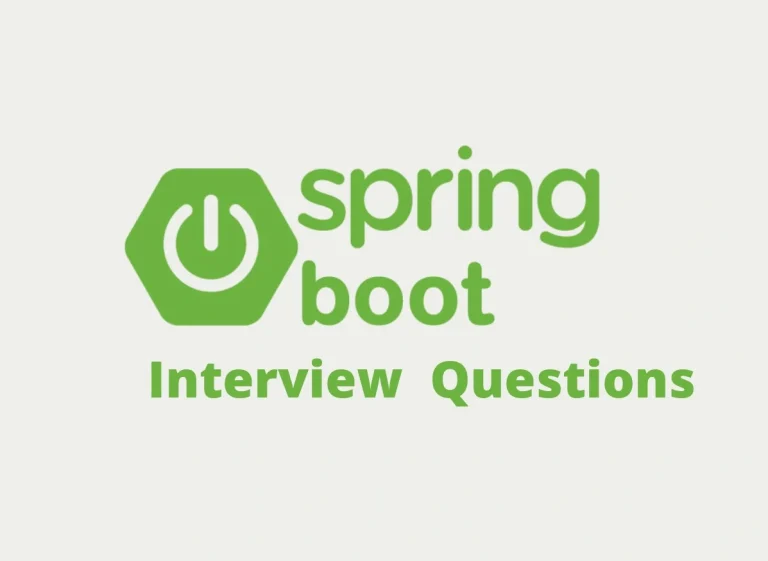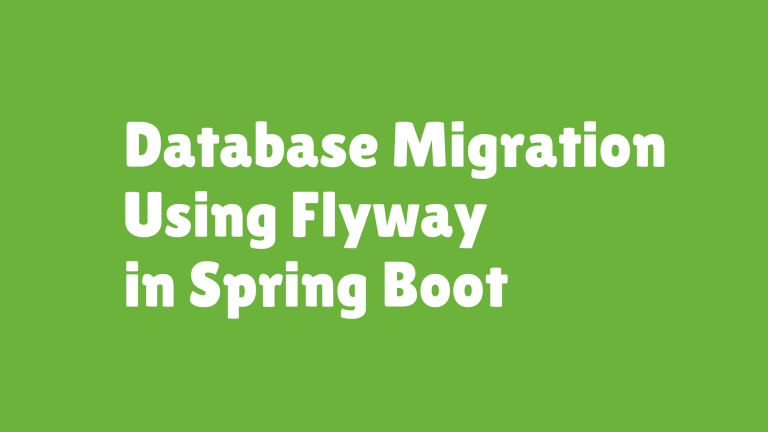Top 10 Spring Boot Microservices + PostgreSQL Interview Questions
Spring Boot and PostgreSQL are widely used in building microservices architectures due to their scalability, reliability, and ease of use. Microservices allow decentralized data management, and PostgreSQL serves as an excellent choice for managing relational databases in such an ecosystem.
This blog will uncover the Top 10 Spring Boot Microservices + PostgreSQL Interview Questions with comprehensive answers and examples, helping developers prepare for technical discussions and understand core practices.
Table of Contents
- Microservice Architecture Overview with Spring Boot
- Setting Up Each Service with Its Own Database
- Shared PostgreSQL Schema: When and When Not to Use
- Using Flyway for DB Migration Per Service
- Inter-Service Communication with REST/gRPC
- Spring Cloud Config for Central DB Config
- Distributed Transactions: Challenges and Alternatives
- Retry and Fallback with Resilience4j
- Logging with ELK in Multi-Service Setup
- CI/CD and DB Migrations During Deployment
1. Microservice Architecture Overview with Spring Boot
What is Microservices Architecture?
The microservices architecture divides a large application into a collection of smaller, independent services. Each service focuses on a specific business capability and communicates with others over lightweight protocols like HTTP, REST, or gRPC.
Why Use Spring Boot for Microservices?
Spring Boot is ideal for microservices because:
- It simplifies application configurations with auto-configuration.
- Embeds a server (Tomcat, Jetty) for quick deployment.
- It supports Spring Cloud integration to add patterns like service discovery and centralized configurations.
Example:
@SpringBootApplication
public class ProductServiceApplication {
public static void main(String[] args) {
SpringApplication.run(ProductServiceApplication.class, args);
}
}
```
**Pro Tip:** Use Spring Boot in combination with Spring Cloud to implement robust microservices patterns like load balancing and circuit breaking.
[Learn more about microservice architecture.](https://spring.io/microservices)
---
## 2. Setting Up Each Service with Its Own Database
A common practice in microservices is maintaining **database-per-service** architecture.
### Advantages:
- Decoupled data ownership.
- Independent schema updates for each service.
- Better scalability since each service can choose the database suiting its needs.
### Steps for Setup:
1. Define independent database configurations in each service's `application.properties`:
```properties
spring.datasource.url=jdbc:postgresql://localhost:5432/service_db
spring.datasource.username=service_user
spring.datasource.password=secure_password
spring.jpa.hibernate.ddl-auto=update
```
2. Use Docker Compose to spin up PostgreSQL containers per service.
**Pro Tip:** Clearly define database boundaries to avoid tight coupling between services.
---
## 3. Shared PostgreSQL Schema: When and When Not to Use
### Use Cases for Shared Schema:
- Small-scale applications where high agility is not needed.
- Scenarios demanding shared access to transactional data.
### Limitations:
- Updates to shared schema can cause downtime across multiple services.
- Tightly couples services, defeating the primary purpose of microservices.
### Recommended Practices:
- Avoid unless requirements explicitly demand a shared schema.
- Use API calls between services to share data instead.
---
## 4. Using Flyway for DB Migration Per Service
Flyway helps manage schema migrations in microservices by versioning database changes.
### Steps:
1. Add Flyway dependency:
```xml
<dependency>
<groupId>org.flywaydb</groupId>
<artifactId>flyway-core</artifactId>
</dependency>
- Create migration files separated by service:
-
src/main/resources/db/migration/V1__Initial_Setup.sqlsrc/main/resources/db/migration/V2__Add_Index.sql
- Flyway automatically applies these migrations on startup.
Pro Tip: Use separate Flyway instances or schemas for each service to maintain clear boundaries.
Learn more about Flyway migrations.
5. Inter-Service Communication with REST/gRPC
REST:
- Lightweight and widely preferred.
- Works well for client-server stateless communication.
Example with Spring Boot:
@RestController
@RequestMapping("/product")
public class ProductController {
@GetMapping("/{id}")
public Product getProduct(@PathVariable Long id) {
return productService.findById(id);
}
}
gRPC:
- Highly efficient for low-latency communication.
- Ideal for real-time synchronous communication between services.
Explore gRPC for inter-service communication.
6. Spring Cloud Config for Central DB Config
Spring Cloud Config provides a centralized configuration for all microservices, eliminating redundancy.
Setup Steps:
- Add
spring-cloud-config-serverdependency in the config server. - Store PostgreSQL credential files in a Git repository.
- Each microservice retrieves its configuration on startup.
Pro Tip: Keep sensitive DB credentials encrypted using tools like Vault.
7. Distributed Transactions: Challenges and Alternatives
Challenges:
- Network latency and service unavailability can break ACID compliance.
- SAGA patterns or 2PC (Two-Phase Commit) implementations are difficult to scale.
Alternatives:
Employ event-driven approaches like the SAGA pattern, which can manage distributed workflows effectively without strict ACID guarantees.
Example Using SAGA:
- Each service commits its local transaction and emits an event for the next step.
- Example libraries include Axon Framework and Eventuate Tram.
8. Retry and Fallback with Resilience4j
Resilience4j provides a fault-tolerant design pattern for handling temporary failures in microservices.
Example Circuit Breaker with Fallback:
@RestController
public class OrderController {
@GetMapping("/order")
@CircuitBreaker(name = "orderService", fallbackMethod = "fallback")
public String getOrder() {
return externalOrderService.fetchOrders();
}
public String fallback(Exception e) {
return "Fallback response!";
}
}
```
**Pro Tip:** Use it with metrics tools like Prometheus to monitor fallback behavior.
[Learn about circuit breaking with Resilience4j.](https://resilience4j.readme.io/)
---
## 9. Logging with ELK in Multi-Service Setup
The ELK Stack (Elasticsearch, Logstash, Kibana) is used for centralized logging in microservices.
### Benefits:
- Consolidates logs from multiple services for end-to-end traceability.
- Provides a visual interface (Kibana) for analyzing transaction patterns.
### Steps:
1. Integrate **Logstash** into Spring Boot applications to format logs.
2. Send logs to **Elasticsearch**, then visualize using **Kibana**.
---
## 10. CI/CD and DB Migrations During Deployment
Continuous Integration/Continuous Deployment (CI/CD) pipelines ensure smooth rollout of code and database migrations.
### Key Steps:
- Automate schema migrations using Flyway in the build pipeline.
- Use tools like Jenkins, GitHub Actions, or GitLab CI to build, test, and deploy.
#### Example Jenkinsfile for Migration:
```groovy
stages {
stage('Migrate Database') {
steps {
sh './mvnw flyway:migrate'
}
}
}
```
---
## FAQs
### What’s the most efficient way to achieve fault tolerance?
Leverage Resilience4j to implement retry, fallback, circuit breaking, and rate limiting strategies.
### Should every microservice have its own database?
Yes, to ensure loose coupling, but trade-offs should be evaluated for smaller use cases.
### What is the SAGA pattern in microservices?
It’s a design pattern for managing distributed transactions using event-driven workflows instead of locks.
---
## Summary
The combination of Spring Boot, PostgreSQL, and microservices architecture empowers developers to build scalable and maintainable applications. By understanding patterns like distributed transactions, centralized configuration, and retry mechanisms, you can design robust systems that cater to modern business needs.
This guide covered some of the most essential topics you need to ace technical discussions and to confidently implement microservices. Explore more tools like Flyway, Resilience4j, and ELK Stack to sharpen your expertise and adopt industry best practices!




